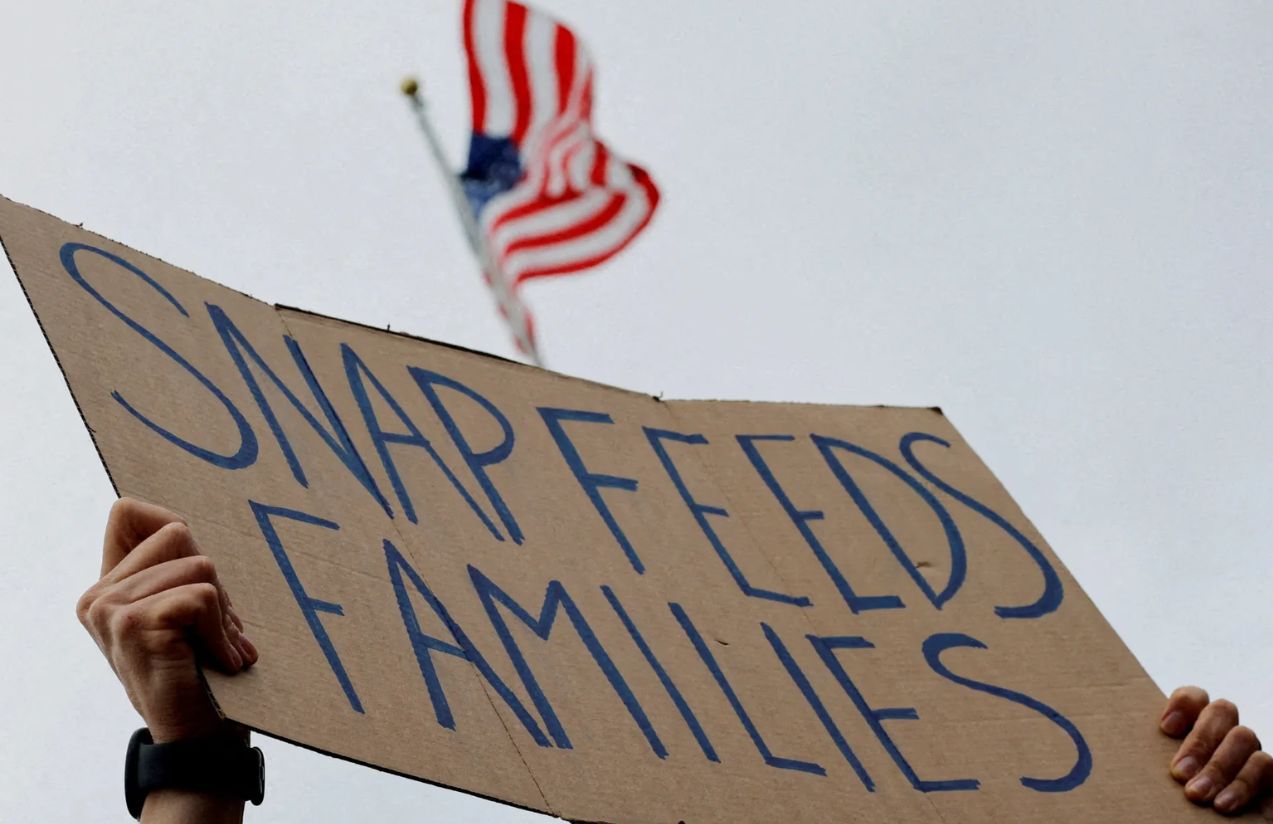Recently, the largest food assistance program in the United States, SNAP, which supports more than 42 million people, will face a sharp reduction in the amounts families receive in November, due to the partial shutdown of the federal government. According to recent reports, the maximum payments for this benefit could drop to just 65% of the usual amount, representing a 35% reduction for many recipients.
For example, a family of four that would normally receive more than $900 could see their payment reduced to less than $650 this month. In addition, several states have warned that payment systems will need to adjust to the new amounts, which could cause additional delays in EBT card benefit deposits.
Why is this unexpected cut happening?
Because the government shutdown prevents Congress, the body responsible for approving these funds, from authorizing new allocations for the program. As a result, the USDA is relying on limited contingency funds while courts demand that assistance continue.
This measure not only impacts the wallets of the most vulnerable families but also poses a serious challenge for food banks and community support networks, which are already struggling to meet growing demand.

